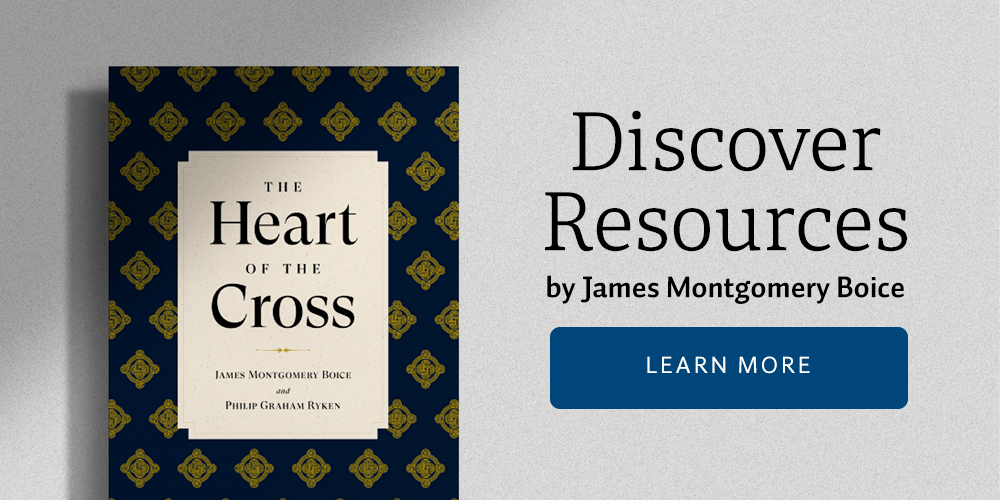In today’s study let’s conclude our list of the essentials of the apostolic Gospel.
4. The central item in this list of essentials is the crucifixion of Jesus. Peter mentions it only briefly, perhaps because it was so well-known: “They killed him by hanging him on a tree” (v. 39). We may rightly suppose, however, that as questions were asked, this is the chief thing Peter would have spoken about.
What was the point of Jesus’ dying? Jesus was God’s messenger. He is the one to whom we should listen. Why should He have died and not have remained alive to teach us? And why is his death such an important part of the Gospel proclamation? The answer, as we know, is that He died for us in our place. This is how He made peace between ourselves and God the Father, the truth with which Peter started (v. 36).
Our sin is like a great wall between ourselves and God. We cannot bridge it in order to make peace with God. We are on the far side of this wall, fighting God all the time. How can that wall be removed? The cross is God’s answer. At the cross God took our sin, placed it upon Jesus Christ, and punished it there. Jesus did not die for Himself; He had not sinned. He did not die merely because He was a man; He was immortal. He died for us.
Because Jesus is God and infinite, His death had inexhaustible value. When we trust Him, coming to God on the basis of His death, our sin is removed. And what was before a relationship of hostility becomes a bond of peace.
5. The next item in Peter’s list of Gospel truth is the resurrection. “But God raised him from the dead on the third day and caused him to be seen. He was not seen by all the people, but by witnesses whom God had already chosen by us who ate and drank with him after he rose from the dead” (vv. 40-41).
Peter stresses eating and drinking with Christ because that is a way of saying that Christ’s was a real resurrection. The resurrected Jesus had a real body. They sat down at a real table with this real Christ, and together with Him they ate and drank real food.
This took place in the Upper Room, as Jesus asked for food to show them He was real. When they first saw Him they thought He was a ghost. But when He ate with them they knew that He was really risen from the tomb.
6. Peter’s final point is that God appointed Jesus “as judge of the living and the dead” (v. 42), adding that Jesus also commanded that this be preached to the people. This is part of the Gospel, but it is the first specific mention of Christ’s role as judge in Acts.






